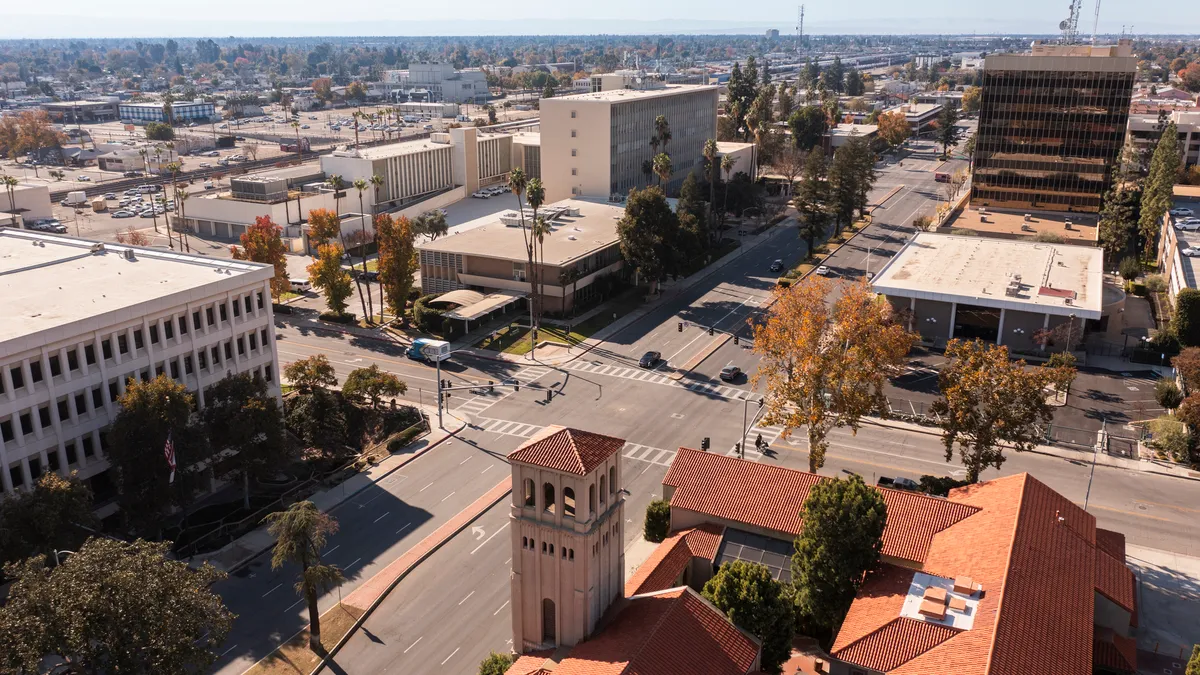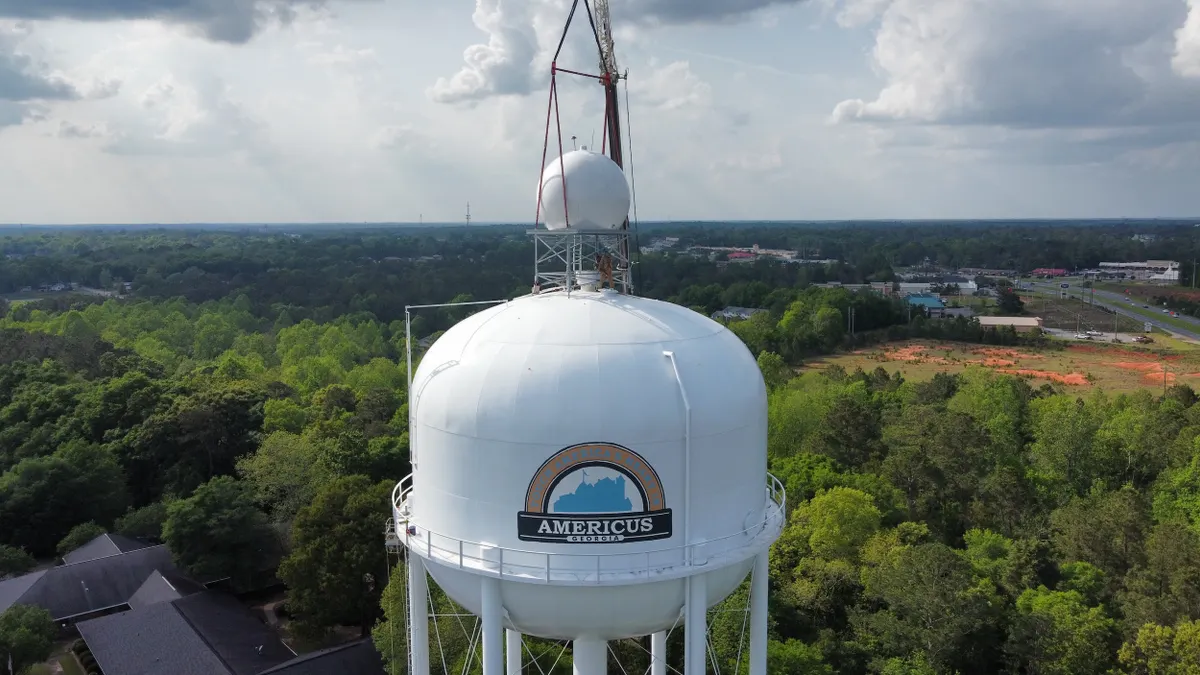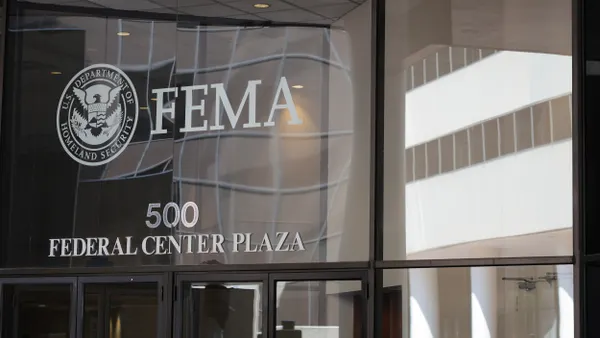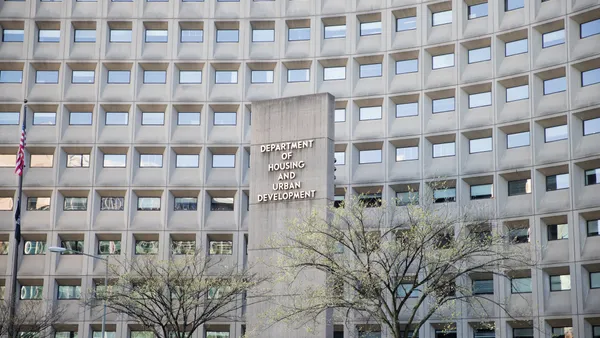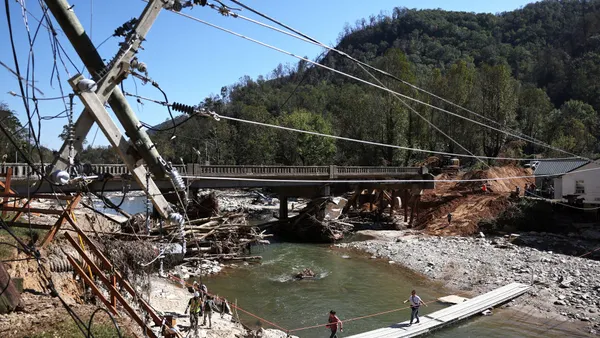A project that hopes to be California’s first carbon capture and storage facility received permits from the U.S. Environmental Protection Agency this week to inject carbon dioxide from industrial sources underground, rather than release the emissions into the atmosphere where they contribute to climate change.
The project would be located in Kern County, California, a community with a longtime reputation for producing oil and gas. California Resources Corp., an oil and gas company, wants to inject carbon dioxide into underground reservoirs at the firm’s Elk Hills Oil Field, which sits about 20 miles from the city of Bakersfield, California.
The EPA permits issued this week authorize a subsidiary of California Resources Corp. to build four injection wells that extend more than a mile below surface level. The company plans to annually inject about 1.5 million metric tons of carbon dioxide underground for 26 years.
"This permit is authorized because the Safe Drinking Water Act allows for carbon injection projects that protect drinking water sources,” EPA Pacific Southwest Regional Administrator Martha Guzman said in a statement.
The EPA permits require continuous monitoring for carbon dioxide leaks and for data about any leaks to be made publicly available. This follows concerns among Kern County residents about the health and safety impacts of the planned project on nearby communities. A primary concern is that stored carbon dioxide could leak out, harming people exposed. Despite such concerns, the Kern County Board of Supervisors in October unanimously approved a permit for the facility, with some local leaders highlighting the potential economic benefits.
The EPA’s permits also require that before carbon dioxide injection occurs, the California Resources Corp. subsidiary leading the project must plug 200 abandoned wells in the area where carbon dioxide could migrate. In addition, the subsidiary must decommission the site once the project is complete and conduct necessary emergency and remedial response measures throughout the life of the project.
“I believe this permit is protective of the public and the environment,” EPA’s Guzman said. Before issuing the permits, the EPA reviewed thousands of public comments submitted on the draft permits and consulted with Kern County local officials, emergency responders, community members and property owners, according to a news release.
California Resources Corp. President and CEO Francisco Leon said in a statement about the EPA permits that “this milestone underscores our leadership in the carbon capture and storage sector and highlights our capability to deliver carbon management solutions to key industrial partners across the state.”



